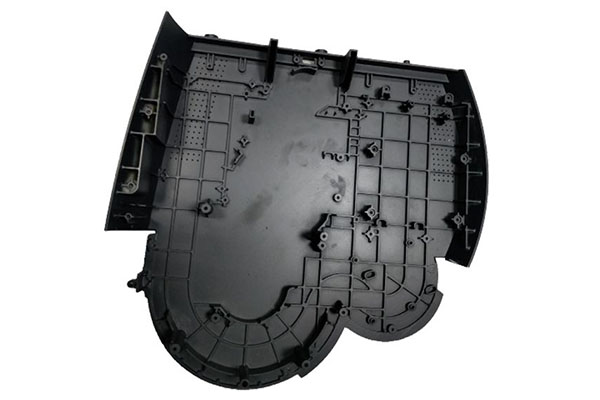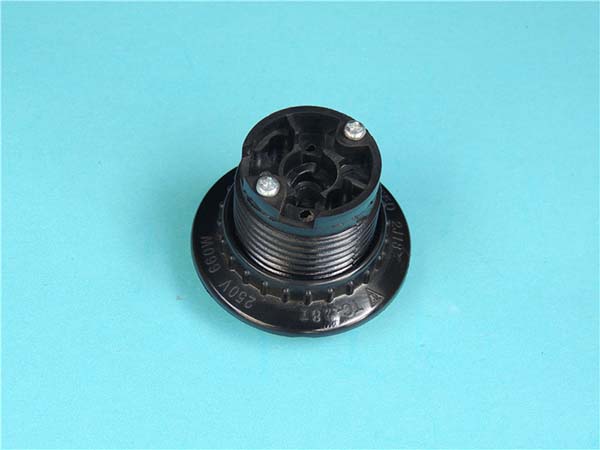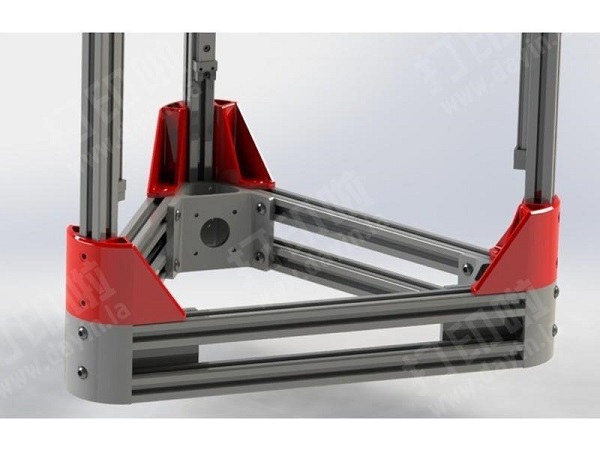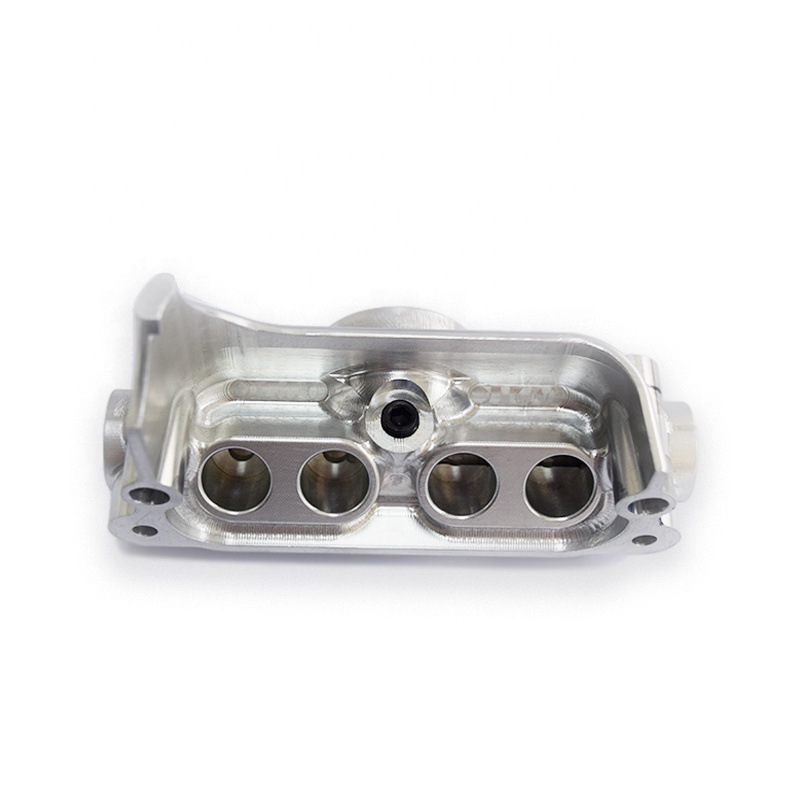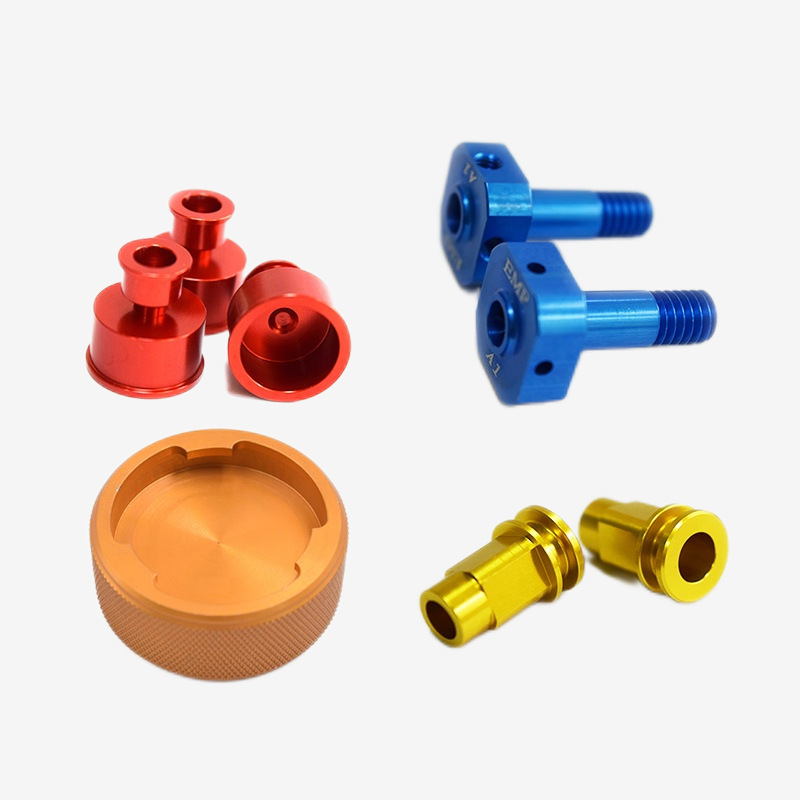Introduction to Electron Beam Additive Manufacturing
Electron Beam Additive Manufacturing (EBAM) is an advanced, cutting-edge manufacturing technology that utilizes a high-energy electron beam to melt and fuse metal powders layer by layer. This process builds parts directly from 3D models, offering significant improvements in precision, material efficiency, and design flexibility compared to traditional manufacturing methods. EBAM has garnered attention for its ability to produce complex and high-performance components, especially in industries where precision and strength are paramount. This article explores EBAM's core principles, historical development, key advantages, and its diverse applications across various industries.
Definition and Basic Principles
What is Electron Beam Additive Manufacturing (EBAM)?
Electron Beam Additive Manufacturing (EBAM) is a form of additive manufacturing that uses an electron beam as the primary energy source to selectively melt metal powders, typically titanium, titanium alloys, and other high-strength metals. The metal powder is deposited layer by layer to form a part based on a 3D model. Unlike traditional laser-based systems, EBAM uses an electron gun to generate the electron beam, which provides high energy and is particularly efficient for metals with high melting points.
Basic Principles of EBAM
The core process of EBAM consists of the following steps:
- Preparation of Metal Powders: High-quality metal powders, such as titanium alloys or nickel-based superalloys, are chosen based on the material requirements of the part.
- Layer Deposition: A thin layer of metal powder is spread across the build platform using a recoater blade.
- Melting with Electron Beam: The electron beam is directed onto the powder bed, selectively melting the metal powders layer by layer according to the design. The high-energy electron beam allows for rapid melting, offering precision and strong interlayer bonding.
- Cooling and Solidification: After each layer is melted, it cools and solidifies into a solid cross-section, creating the part incrementally.
- Layer-by-Layer Build: This process repeats layer by layer, gradually constructing the entire part.
- Post-Processing: Once the build is complete, post-processing steps such as heat treatment, machining, or surface finishing are applied to enhance material properties and achieve the desired surface finish and dimensional accuracy.
Historical Development
Evolution of EBAM Technology
The development of EBAM technology can be traced to several key milestones:
- Early Research (1970s): Initial research into electron beam technology began in the 1970s, exploring the interaction between electron beams and metals. This research laid the foundation for future developments in the field of electron beam melting.
- Prototype Systems (1980s-1990s): The late 1980s and early 1990s saw the creation of the first prototype EBAM systems, driven by a need for high-strength, lightweight parts, particularly in aerospace and defense sectors.
- Commercialization (2000s): Companies like Sciaky Inc. were at the forefront of commercializing EBAM technology, developing industrial-grade machines capable of producing large, high-performance parts using metal powders.
- Technological Advancements (2010s-Present): Over the past two decades, advancements in electron beam control systems, material science, and computer-aided design (CAD) have made EBAM more precise, efficient, and capable of producing increasingly complex parts.
Advantages of EBAM
Material Efficiency and Sustainability
One of the most notable advantages of EBAM is its material efficiency:
- Reduced Waste: Unlike traditional subtractive manufacturing, where material is cut away from a larger block, EBAM builds parts layer by layer, only using the exact amount of material needed for the part. This results in significantly lower material waste.
- Cost Savings: Material savings are especially impactful when working with high-cost materials like titanium, which are often used in aerospace and medical applications.
- Environmental Benefits: Reduced material waste and energy usage make EBAM a more sustainable manufacturing process, contributing to reduced environmental footprints.
Complex Geometry Capabilities
EBAM enables the production of complex geometries that would be challenging or impossible with traditional methods:
- Design Freedom: Unlike conventional machining, which is constrained by tool access and material removal limitations, EBAM allows for the creation of intricate internal channels, lattice structures, and other complex shapes.
- Customization: The flexibility of EBAM makes it ideal for creating customized parts tailored to specific applications. This is particularly valuable in industries like aerospace, automotive, and healthcare.
- Integration of Components: Multiple components can be integrated into a single part, reducing assembly time and improving reliability by eliminating potential failure points in joints or fasteners.
Material Strength and Lightweighting
EBAM offers outstanding material properties for parts, including high strength and lightweight:
- High Strength: The electron beam’s precision melting process ensures that parts are dense and exhibit excellent mechanical properties, often surpassing those of conventionally manufactured parts.
- Lightweighting: The ability to produce parts with complex internal structures, such as lattice or honeycomb designs, results in significantly lighter parts without sacrificing strength. This is particularly valuable in the aerospace and automotive industries, where reducing weight is critical for improving fuel efficiency and performance.
- Durability: EBAM allows for the use of high-performance materials that enhance the durability and lifespan of parts, making them ideal for high-stress applications.
Applications of EBAM
Aerospace Industry
The aerospace industry has been one of the primary adopters of EBAM technology due to its demand for lightweight, high-strength components:
- Aircraft Components: EBAM is used to manufacture parts such as landing gear components, wing ribs, and structural elements. These parts benefit from reduced weight and increased strength.
- Engine Parts: High-temperature-resistant alloys created using EBAM are ideal for producing engine components, including turbine blades, that must withstand extreme conditions.
- Satellite Hardware: The ability to create highly complex geometries makes EBAM ideal for producing satellite structures and spacecraft components that require precision and strength.
Automotive Sector
The automotive industry uses EBAM for producing advanced vehicle components that enhance performance, reduce weight, and improve safety:
- Chassis and Frames: EBAM allows for the production of lightweight yet durable chassis and vehicle frames, improving fuel efficiency and safety.
- Engine Components: EBAM is used to create high-performance engine parts like turbocharger housings and exhaust manifolds, which benefit from superior material properties.
- Custom Parts: The ability to quickly produce custom parts in small batches allows automakers to innovate rapidly and introduce new designs.
Medical Devices
EBAM’s precision and ability to work with biocompatible materials make it a game-changer for the medical field:
- Implants and Prosthetics: Custom implants and prosthetics can be designed to fit the exact anatomy of individual patients, improving comfort and functionality.
- Surgical Instruments: EBAM allows for the production of complex, high-strength surgical tools and instruments with unique shapes that enhance functionality.
- Rapid Prototyping: EBAM’s ability to quickly create prototypes accelerates the development of medical devices, reducing the time-to-market for life-saving innovations.
Other Industrial Applications
EBAM is also finding its place in several other industries:
- Oil and Gas: Durable, high-performance components for drilling equipment and pipelines are manufactured using EBAM, ensuring they can withstand harsh environments.
- Energy: The renewable energy sector benefits from EBAM’s capabilities in creating strong yet lightweight components for wind turbines and solar panels.
- Defense and Security: The military and defense sectors use EBAM for manufacturing parts that require extreme durability and high performance, such as structural components for military vehicles or aircraft.
Conclusion
Electron Beam Additive Manufacturing (EBAM) is revolutionizing the manufacturing industry by offering unmatched precision, material efficiency, and the ability to create complex geometries. This technology is particularly beneficial for industries where performance, durability, and weight reduction are critical, such as aerospace, automotive, medical, and defense sectors. EBAM’s potential to reduce material waste, lower costs, and improve part strength and functionality positions it as a transformative force in the future of manufacturing. As technology continues to evolve and material options expand, EBAM is poised to drive even more innovation and efficiency across a wide range of industries.


